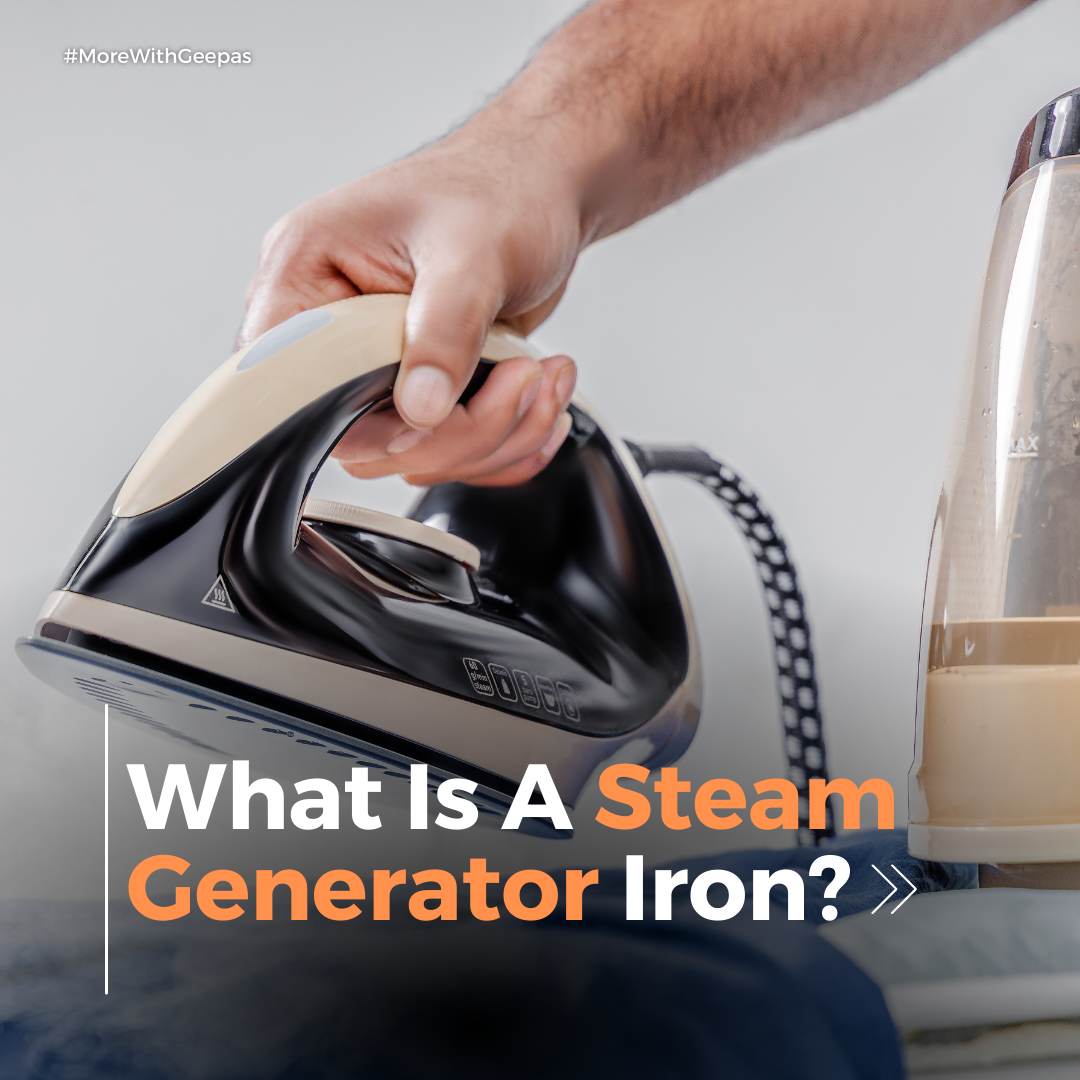Ironing should be a smooth, wrinkle-busting experience, not a frustrating battle against limescale build-up. But for countless steam generator iron owners, that's the reality. In this comprehensive article we will equip you with the knowledge and tools to vanquish the dreaded 'calc' and restore your iron to its steamy glory.
Understanding The Enemy:
Before we take up arms, let's identify the foe. Limescale, the culprit behind sluggish steam and sputtering noises, is a mineral deposit that accumulates within the iron's water tank and steam channels. This build-up restricts water flow, reducing steam output and potentially damaging the heating element.
Early Warning Signs:
Listen to your iron! Here are the tell-tale signs it's time to descale:
- Weak Steam: Your iron seems to be gasping for breath, producing less steam than it used to.
- Mineral Deposits: Visible white flakes or crust forming around the steam vents or water tank.
- Sputtering & Gurgling: Strange noises coming from your iron? it's pleading for a descaling.
- Decreased Performance: Ironing takes longer, and results are disappointing.
Choosing Your Solution:
There are two main descaling methods:
1. Using a commercial descaling solution:
- Pros: This is the easiest and most efficient method, with readily available descaling products designed specifically for steam irons.
- Cons: Can be more expensive and may not be readily available in all locations.
2. DIY descaling with natural ingredients:
- Pros: Eco-friendly and often much cheaper, using readily available household items like white vinegar or lemon juice.
- Cons: May take longer and require multiple cycles, and some natural ingredients (vinegar) can damage certain iron materials.
The Processes Of Descaling:
Commercial Descaling:
- Read the instructions: Every descaler is different, so follow the manufacturer's guidelines carefully.
- Fill the water tank: Use distilled water if recommended by the product.
- Add the descaler: Pour the specified amount into the tank.
- Run the descaling cycle: Set the iron to the descaling function (if available) or the highest steam setting.
- Let it sit: Depending on the product, let the solution sit in the iron for 30 minutes to an hour.
- Drain and rinse: Empty the tank and rinse thoroughly with clean water. Run the iron through several steam cycles with clean water to flush out any remaining solution.
DIY Descaling:
- Vinegar Method: Dilute white vinegar with equal parts water. Fill the tank, follow steps 4-6 above, but avoid exceeding 30 minutes for the soak time.
- Lemon Juice Method: Mix lemon juice with three parts water. Follow the same steps as the vinegar method but be extra cautious about the soak time (max 15 minutes) and rinse thoroughly.
Some More Pro Tips:
- Descale regularly! Frequency depends on water hardness and how often you use your iron. Generally, monthly descaling is recommended for hard water areas.
- Never use harsh chemicals or abrasive cleaners.
- Don't leave the descaling solution in the iron for longer than recommended.
- After descaling, wipe down the exterior and steam vents with a damp cloth to remove any residue.
- Iron an old towel after descaling to clear any remaining solution from the steam channels.
By following these steps and wielding the right descaling techniques, you'll be a master of iron maintenance and banish the limescale beast for good. Remember, a happy iron means happy ironing, and happy ironing means smoother, wrinkle-free fabrics and triumphant sense of accomplishment. So go forth, brave warrior, and reclaim your wrinkle-free paradise.




